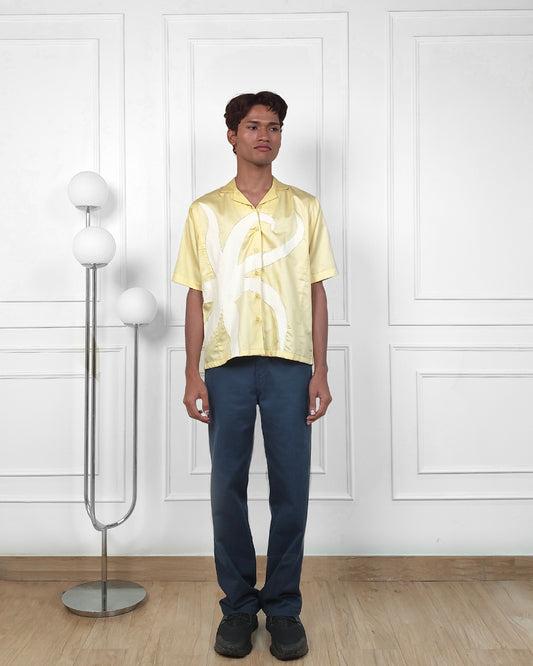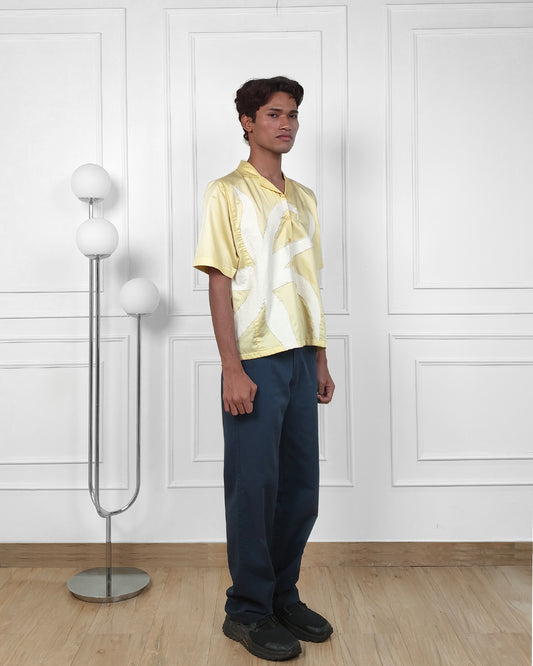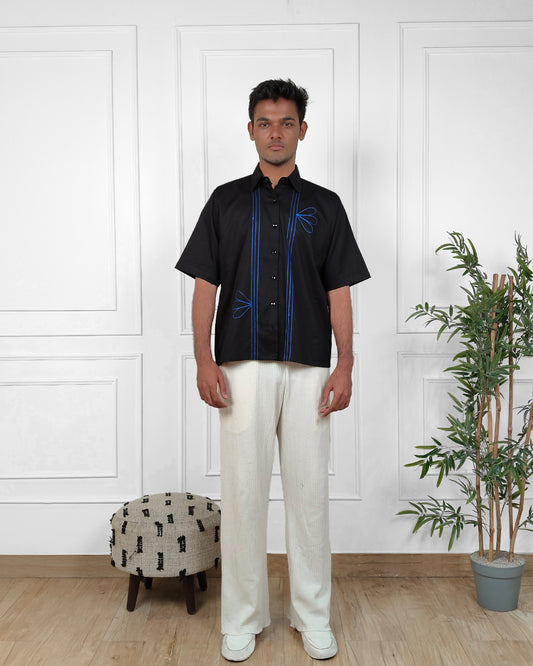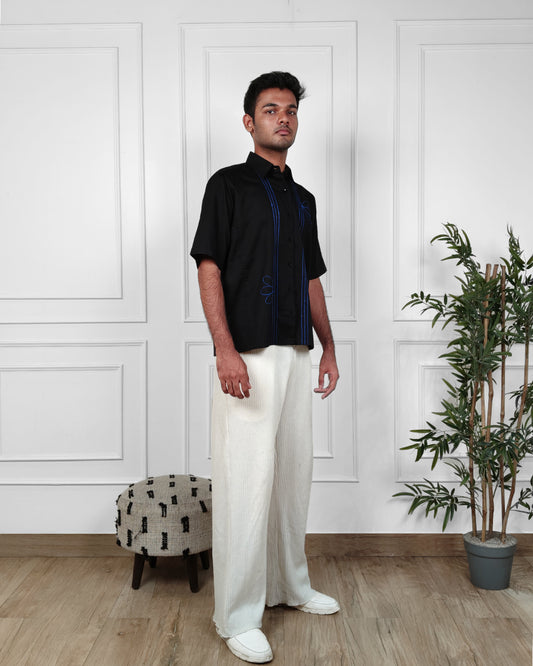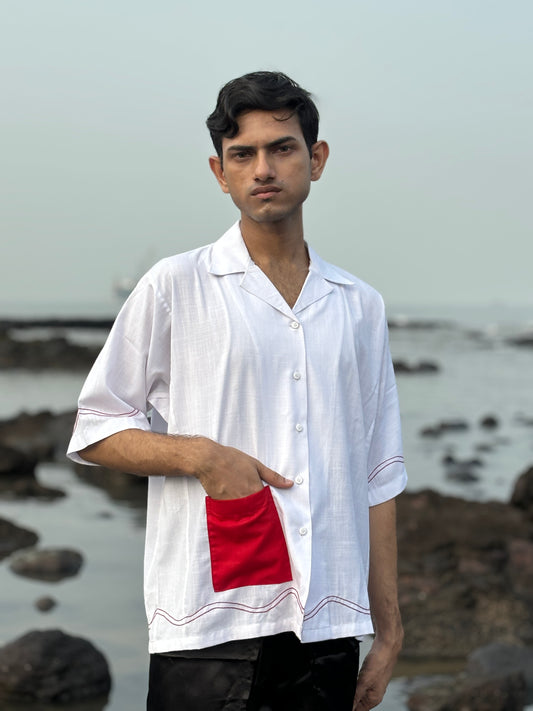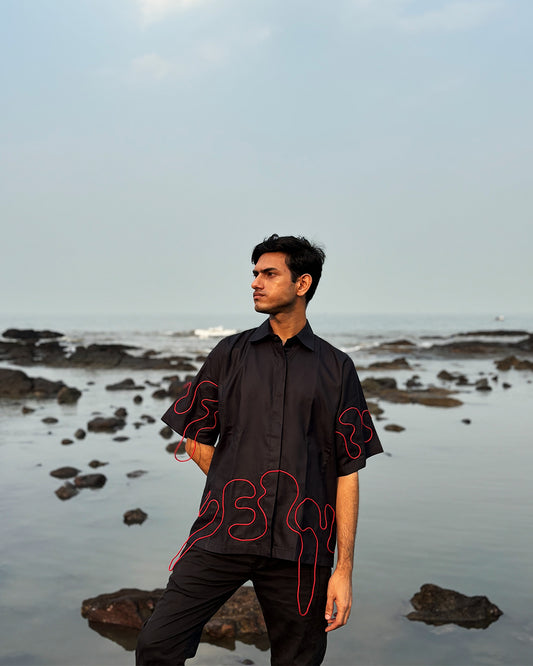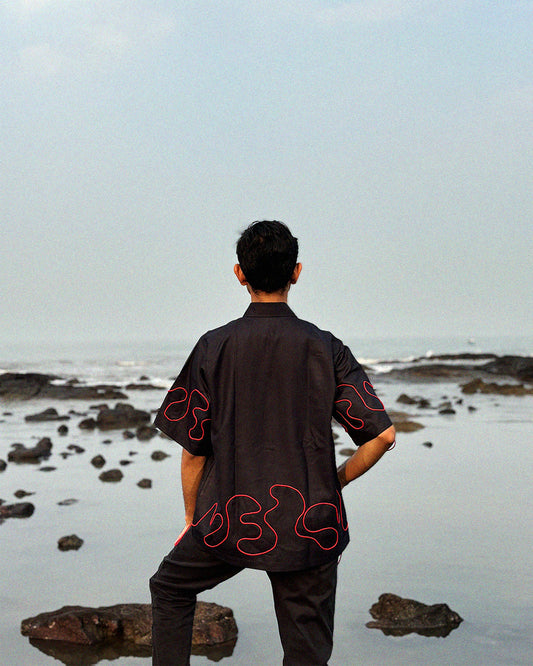
Eco-Friendly Fabrics: What Makes Them a Better Choice for Your Wardrobe
In recent years, the conversation around sustainability has extended to nearly every aspect of our lives, from the food we eat to the products we buy. One area that’s seen a huge shift in consumer demand is the fashion industry. With increasing awareness of the environmental impacts of fast fashion, many people are turning to eco-friendly fabrics to build more sustainable wardrobes. But what exactly are these eco-friendly fabrics, and why should you care? In this blog, we’ll explore the benefits of sustainable fabrics, highlight some of the best materials for your wardrobe, and provide tips on how you can make greener choices when it comes to clothing.
Why Eco-Friendly Fabrics Matter
Before diving into the specifics of different eco-friendly fabrics, let’s take a look at why sustainable materials are such an important part of the modern fashion industry. Clothing production has long been a major contributor to environmental harm. According to the Environmental Protection Agency (EPA), textiles are one of the largest waste streams in the world. In fact, around 17 million tons of textile waste are generated annually in the U.S. alone (EPA, 2022). Much of this waste is from clothing made from synthetic fabrics like polyester, which take hundreds of years to decompose and often release harmful microplastics into the environment.
In addition to waste, the production of conventional fabrics—particularly synthetic ones—has significant environmental impacts. This includes:
- Water usage: The textile industry is one of the largest water consumers globally, with cotton production alone using around 2,700 liters of water to make one t-shirt (WWF, 2021).
- Pollution: Chemicals used in dyeing and finishing fabrics can pollute water sources and harm ecosystems.
- Carbon footprint: The fashion industry is responsible for 10% of global carbon emissions (McKinsey & Company, 2021), which is more than all international flights and maritime shipping combined.
By choosing eco-friendly fabrics, consumers can help reduce the environmental impact of clothing production and contribute to a more sustainable future.
What Makes a Fabric Eco-Friendly?
When it comes to fabrics, the term “eco-friendly” can mean different things depending on the material and its production process. Here are some key characteristics that make a fabric eco-friendly:
- Renewable resources: Fabrics made from plants (such as organic cotton, hemp, or bamboo) are often considered more sustainable because they come from renewable sources.
- Low environmental impact: Materials that require less water, fewer chemicals, and less energy to produce are typically more sustainable than traditional fabrics.
- Biodegradability: Eco-friendly fabrics are often biodegradable, meaning they break down naturally when disposed of, unlike synthetic materials that can linger in landfills for decades.
- Recycled content: Some fabrics, such as recycled polyester, are made from post-consumer waste (like plastic bottles or old clothes), reducing the need for virgin resources.
Top Eco-Friendly Fabrics to Add to Your Wardrobe
Now that we’ve covered the importance of eco-friendly fabrics, let’s take a look at some of the most popular and sustainable options available.
1. Organic Cotton
What it is: Organic cotton is grown without the use of synthetic pesticides or fertilizers. It also uses less water compared to conventional cotton farming.
Why it’s good:
- Less chemical pollution: Conventional cotton is one of the most pesticide-intensive crops, but organic cotton avoids these harmful chemicals, making it better for both the environment and the farmers.
- Water-saving: Organic cotton farming uses more sustainable irrigation methods, resulting in lower water consumption.
Best for: T-shirts, dresses, shirts, and other casual clothing items.
2. Hemp
What it is: Hemp is a natural fiber made from the hemp plant, which is one of the most durable and eco-friendly materials available.
Why it’s good:
- Low environmental impact: Hemp grows quickly, requires little water, and doesn’t need pesticides.
- Durability: Hemp fabric is strong and long-lasting, reducing the need for frequent replacements.
- Biodegradable: Hemp fibers naturally decompose, so they won’t sit in landfills for centuries.
Best for: Jackets, trousers, shirts, and accessories.
3. Linen
What it is: Linen is made from the flax plant and is known for its light, breathable texture. It’s a great choice for warm weather clothing.
Why it’s good:
- Low water usage: Flax requires far less water to grow compared to cotton.
- Minimal processing: Linen is typically processed with fewer chemicals than other fabrics, making it more sustainable.
- Durability: Linen fibers are incredibly strong, making the fabric last longer than many other natural textiles.
Best for: Summer dresses, blouses, trousers, and bed linens.
4. Tencel (Lyocell)
What it is: Tencel is a sustainable fabric made from wood pulp, usually sourced from eucalyptus, beech, or spruce trees.
Why it’s good:
- Closed-loop production: Tencel is produced in a closed-loop system, meaning that chemicals used in processing the fabric are recycled and reused, minimizing waste.
- Biodegradable: Tencel is fully biodegradable, breaking down naturally when discarded.
- Soft and breathable: Tencel is known for its silky smooth feel and moisture-wicking properties, making it ideal for activewear and everyday clothing.
Best for: Activewear, dresses, shirts, and undergarments.
5. Recycled Polyester
What it is: Recycled polyester is made from post-consumer plastic waste, such as plastic bottles, which are processed into new fabric.
Why it’s good:
- Reduces plastic waste: By using recycled plastic bottles, this fabric helps divert plastic waste from landfills and reduces the need for virgin polyester.
- Energy-efficient: The production of recycled polyester uses less energy than manufacturing virgin polyester, making it more environmentally friendly.
Best for: Sportswear, jackets, and bags.
6. Bamboo
What it is: Bamboo fabric is made from the pulp of the bamboo plant. It’s known for being soft and breathable, similar to cotton or silk.
Why it’s good:
- Rapid growth: Bamboo grows quickly without the need for pesticides, making it a highly sustainable crop.
- Biodegradable: Bamboo fabric is biodegradable and compostable, meaning it won’t sit in landfills for years.
Best for: Loungewear, socks, and activewear.
7. Piñatex (Pineapple Leather)
What it is: Piñatex is an innovative sustainable fabric made from the fibers of pineapple leaves. It’s a plant-based alternative to leather.
Why it’s good:
- Upcycled waste: Piñatex uses agricultural waste, which reduces the need for virgin materials.
- Cruelty-free: As a plant-based material, Piñatex offers a vegan alternative to leather.
- Durable and versatile: Piñatex is strong, flexible, and can be used to make everything from clothing to accessories.
Best for: Bags, shoes, and outerwear.
The Pros of Eco-Friendly Fabrics
Now that we’ve explored the different types of eco-friendly fabrics, let’s take a look at the many benefits they offer for both the environment and your wardrobe.
1. Reduced Environmental Impact
Eco-friendly fabrics are generally produced with less water, fewer chemicals, and lower energy consumption. By choosing sustainable options, you’re helping to conserve natural resources and reduce pollution.
2. Durability and Longevity
Many eco-friendly fabrics, like hemp and linen, are known for their durability. This means that clothes made from these materials last longer, reducing the frequency with which you need to replace them.
3. Comfort and Breathability
Natural fibers like organic cotton, hemp, and bamboo are breathable and soft against the skin, making them comfortable to wear in a variety of climates.
4. Supporting Ethical Practices
Many sustainable fabric producers prioritize fair wages, safe working conditions, and other ethical practices. By choosing eco-friendly fabrics, you’re supporting businesses that care about people as much as the planet.
How to Incorporate Eco-Friendly Fabrics into Your Wardrobe
Building a sustainable wardrobe doesn’t mean you need to overhaul your entire closet. Instead, focus on small changes that can make a big difference over time. Here are some tips:
- Start small: Choose one or two eco-friendly pieces to add to your wardrobe. Look for T-shirts, jeans, or accessories made from organic cotton or recycled polyester.
- Buy less, choose better: Focus on quality over quantity. Invest in well-made, sustainable clothing that will last longer.
- Mix and match: Eco-friendly fabrics can be stylish and versatile. Look for pieces that can be dressed up or down for different occasions.
- Shop second-hand: Thrift shopping is another great way to reduce your environmental impact while still refreshing your wardrobe.
Conclusion
Eco-friendly fabrics are a fantastic way to build a more sustainable wardrobe while also reducing your impact on the environment. Whether you’re opting for organic cotton, hemp, Tencel, or recycled polyester, there are plenty of options to choose from. By making mindful choices, you can help create a fashion industry that values both style and sustainability.
References:
- Environmental Protection Agency (2022). Sustainable Management of Materials. [online] Available at: https://www.epa.gov/smm/sustainable-management-materials
- WWF (2021). The Impact of Cotton on Water. [online]

